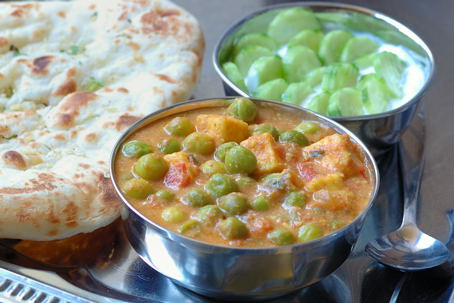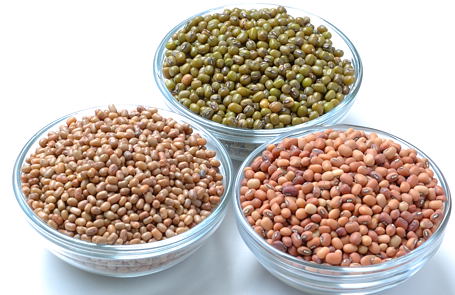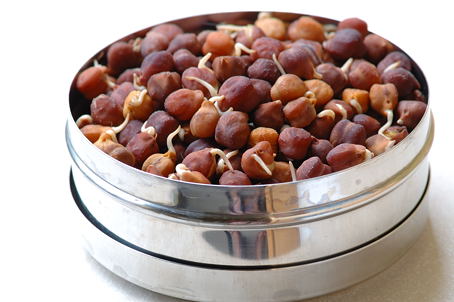We, Indians could learn so much from Italians when it comes to food marketing, I think. Take for example, – they have risotto, we have pongal. There are thousands of articles, recipes written on risotto. Good, old fashioned risotto, risotto with saffron, risotto with that, risotto with this… the list goes on and on. It’s easy to apply the same thing to pongal. The basic recipe never changes but by adding fresh seasonal produce like fresh peas or asparagus etc, it’s possible to rekindle the interest in centuries-old pongal recipe. Of course we also need excellent writers, poets and photographers to create that harp effect, a swooning, spiritual experience at the mere utterance of “Pongal”. Few movie scenes where the hero adoringly feeds the heroine a spoonful of creamy pongal would also help.
We have golden recipes, excellent technique. What we lack is co-coordinated, full throttle marketing. Inspired tactics used with savvy and creativity could not only resurrect genuine interest plus prestige in the preservation and application of the food traditions, they would also benefit the farmers back in the country, in my view.
Here is my humble effort.

Green Pearls ~ Fresh Peas of Summer
Brimming with that glorious just-off-the vine sweet flavor, the fresh peas of summer make a succulent addition to the classic, creamy pongal recipe. Easy to prepare and full of flavor, pongal with fresh peas make a pleasing meal any time of the day.
Recipe:
1 tablespoon – ghee
1 teaspoon each – black peppercorn, cumin and cloves
8 fresh curry leaves
½ cup – yellow moong dal
1 cup – shelled fresh green peas
1 cup – Sona Masuri rice
6 cups – water
1 teaspoon – salt or to taste
Melt ghee in a big saucepan on medium heat. Coarsely crush peppercorn, cumin and cloves in a mortar or in a spice mill and add to the ghee. Also add the curry leaves. Saute them gently for a minute or so.
Add the yellow moong dal. Continuously mixing, saute the dal to pale-pink color. At this stage add fresh green peas. Cook couple of minutes. Stir in Sona Masuri rice along with water and salt.
Bring the water to a boiling point on high heat. Once the water and rice start to dance, reduce the heat, cover the pot and simmer, mixing in-between until the rice is cooked to soft.
Turn off the heat, and add a last spoonful of water (or ghee, if you can afford it healthwise).
Leave to stand for 2-3 minutes then stir. Serve hot with chutney/kurma or yogurt.

Heaven in a Plate:Pongal with Fresh Peas and Peanut Chutney ~ Weekend Supper
Recipe Notes:
All about Sona Masuri Rice – here
Pongal is good with chutneys, pickles, tomato based kurmas, coconut based curries and plain homemade yogurt.





























